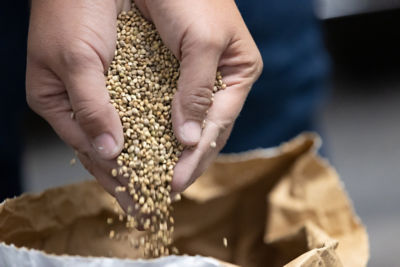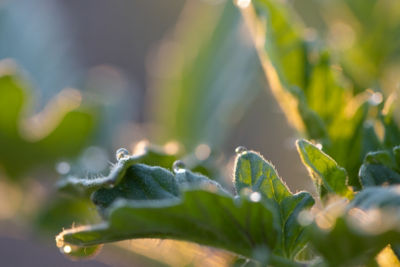Causal Agent
Excessive salts
Distribution
Worldwide
Symptoms
Capsicum species are sensitive to salt toxicity. Emergence after direct seeding may be slow and patchy. Seedlings are stunted. The growing point may desiccate and collapse to cause seedling death. Older leaves develop tip burn, marginal chlorosis and scorching. In severe cases, leaves wilt and drop. Roots may appear slightly discolored, feeder roots may be poorly developed, and root tips are usually stubby and necrotic. Symptoms of salt toxicity are similar to symptoms caused by drought or fertilizer burn. Leaf tissue analysis may be necessary to confirm a diagnosis of salt toxicity.
 Phytotoxicity caused by saline irrigation water.
Phytotoxicity caused by saline irrigation water.
Conditions for Development
Excess concentration of salts in soil or irrigation water usually causes toxicity. Accumulation of salts in the root zone occurs as a consequence of alternating cycles of wetting and drying that move salts to the soil surface. Concentration of soluble salts in irrigation water varies with the source, season and annual rainfall. Drought and high evapotranspiration rates contribute to the development of salt toxicity.
Control
Test the salt content of soil and irrigation water prior to planting. Irrigation water should be tested periodically throughout the growing season. When excess soil salinity is suspected, use pre-plant amendments such as gypsum to lower pH and leach salt. Prevent accumulation of salt using the correct type, amount and placement of fertilizer. Salt accumulation patterns in planting beds vary according to the water delivery system used. Plant or transplant to avoid zones of salt accumulation. In greenhouses, leach accumulated salts with excess irrigation.




